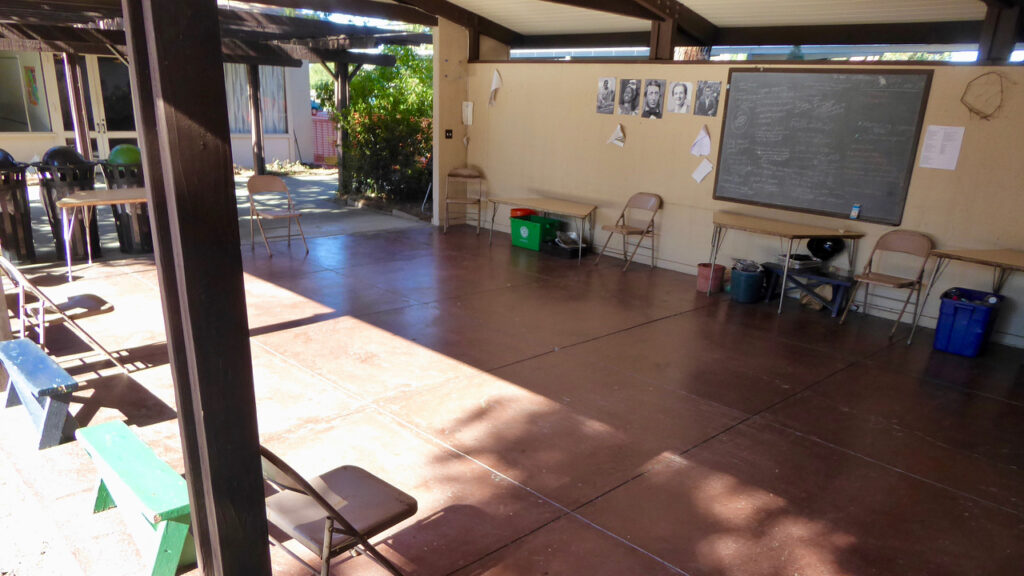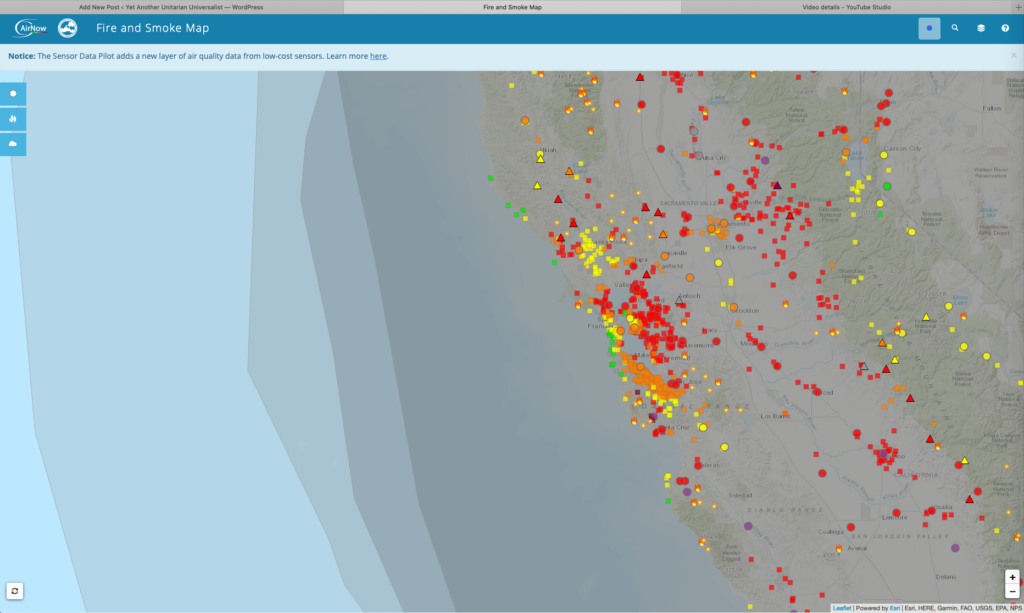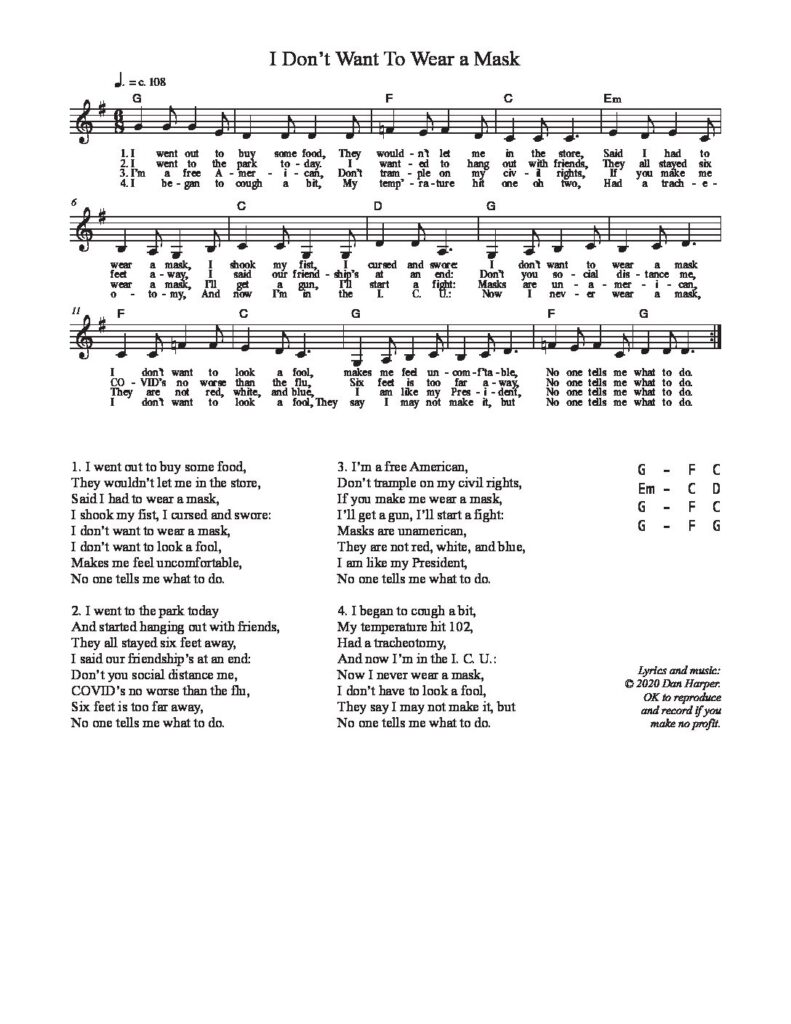The State of California has been updating its COVID regulations over the past three or four weeks. As a religious educator, I have to familiarize myself with three separate sets of regulations: “industry guidance” for “places of worship and cultural ceremonies,” “cohorts for children and youth in supervised settings,” and “daycamps and other supervised youth activities.”
Reading through these regulations is a mind-numbing experience. Many of the regulations start off saying “you have to do thus-and-so” but then refer you to another Web page or PDF which says “you have to do this-and-that,” where the two different sources don’t exactly contradict each other, but don’t seem to be in full agreement either.
And sometimes the rules are vague. In my favorite example, the state rules frequently say that “physical distancing” is required, but then they don’t tell you exactly what distance is required. Are we supposed to assume six feet? But a year ago, some of the physical distancing requirements were greater than six feet, as for example the distance required to be maintained between two stable cohorts of children. And now federal recommendations from the CDC are saying that three feet might be enough physical distancing; is the state trying to be deliberately vague about the amount of physical distancing, so they can decide later whether to adopt the CDC guidelines or not?
And I’m glad I don’t have to deal very much with the “industry guidance” for “places of worship and cultural ceremonies,” because those regulations contradict themselves. Due to a recent U.S. Supreme Court ruling, California is not allowed to have regulations for places of worship that differ from the regulations for other large gatherings. And the first page you hit on for “industry guidance” for “places of worship and cultural ceremonies” basically says to see the guidance for large gatherings, which should make things easier, right? — but then there’s also a link to a PDF with rules from 2020 that are clearly not acceptable under the Supreme Court ruling, but because they’re linked to from the current “guidance” mean that still you’re supposed to follow them — I guess?
I understand that this must be an incredibly difficult time for state regulators and state employees. I’m sure they’re doing their best. But as it stands now, the regulations are so disorganized that I sometimes find it impossible to understand what I’m supposed to do. I sometimes feel like they wrote these regulations assuming we’re all big corporations who can hire full-time staffers to sort through this mass of material. The things is, if you’re a small nonprofit or a small business and trying to figure it out on your own, the staffer who’s trying to make sense out of the regulations doesn’t have hours and hours of spare time because we’re already working overtime trying to deal with everything else the pandemic is throwing at us.
To top it all off, they keep updating the regulations. So I have to figure out if I should put in a lot of time now trying to figure out the regulations, or wait and see if they change things again next week.
My mind is numb.




